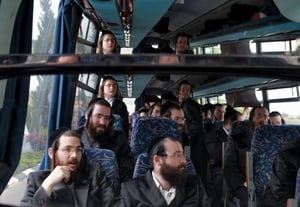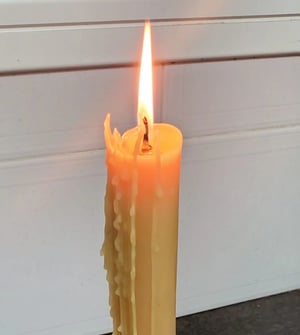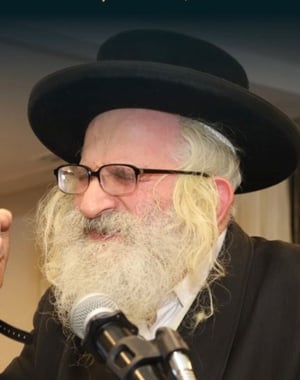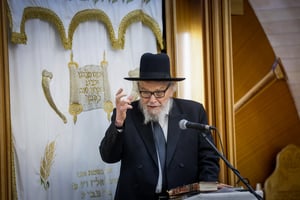
During a ceremony marking 45 years since the passing of Grand Rebbe Yoel Teitelbaum, the current Satmar Rebbe highlighted the community's pressing housing crisis.
In response, local developer Akiva Hersh Klein announced a drastic reduction in prices for half of the 2,000 apartments in his new neighborhood project.
Understanding Satmar and Kiryas Yoel
Satmar is one of the largest Hasidic groups in the world, known for its strict interpretation of Jewish law and strong anti-Zionist stance. Founded by Rabbi Yoel Teitelbaum in the mid-20th century, the movement has grown significantly, with major centers in New York and Israel.
Kiryas Yoel was named after Rabbi Yoel Teitelbaum, and is a village in Orange County, New York. It was established in the 1970s as a suburban enclave for Satmar Hasidim. With a population of over 30,000, it is one of the fastest-growing communities in the state, largely due to the high birth rate among Hasidic families.
Housing Crisis in Hasidic Enclave
The rapid population growth in Kiryas Yoel has led to severe housing shortages. In just five years, property values have soared by 400%, with the average price per square meter jumping from $1,800 to $6,000. This means rthat many members of the community, especially young families, are unable to buy apartments at the current rate.
Cultural Context of the Housing Issue
For Satmar Hasidim, living in close proximity to their religious institutions and community is crucial. The shortage of affordable housing within Kiryas Yoel threatens their way of life, potentially forcing them to move away.
Municipal Efforts and Developer's Sacrifice
While local authorities recently passed legislation capping new apartment prices at $3,000 per square meter, the Rebbe sought immediate action.
Klein's decision to slash prices on 1,000 units represents a huge potential financial sacrifice of around $250 million, according to estimates.
Potential Impact and Precedent
This unprecedented price reduction will not only provide much-needed relief to Kiryas Yoel's housing market, but it could also set a new precedent for addressing affordability in tight-knit religious communities, not only among Hasidic groups but potentially in other close-knit ethnic or religious enclaves facing similar challenges.
* Arutz Sheva contributed to this article.



























1 Comments